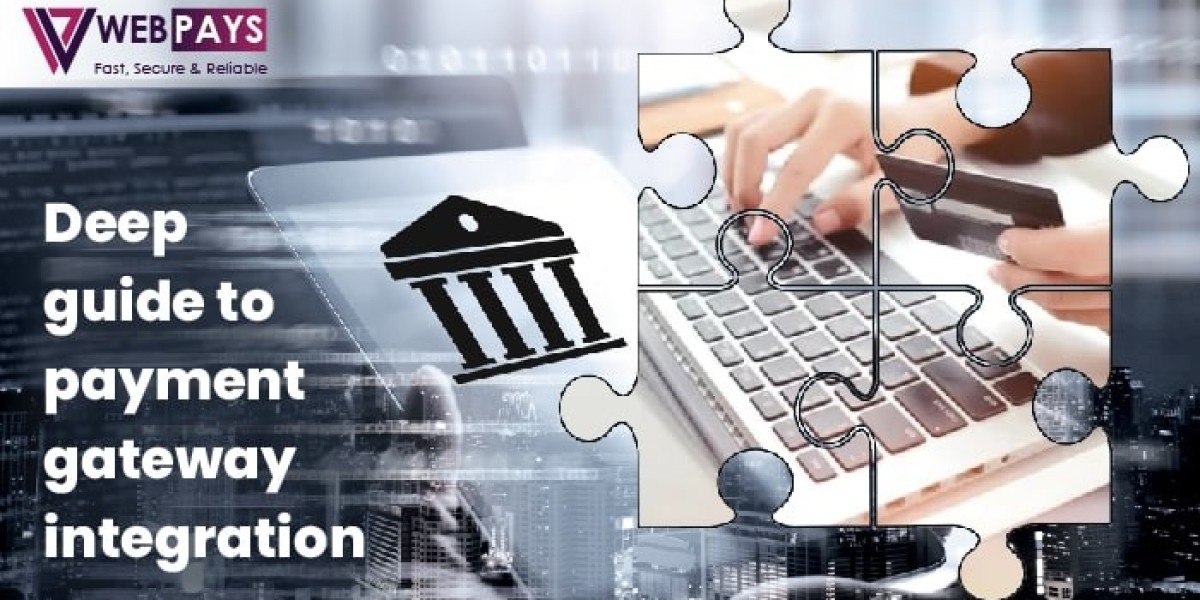Your online store is buzzing with activity. Customers are browsing your products, adding items to their carts... then silence. You check your analytics and discover a disheartening truth: a high number of abandoned carts. The culprit? A clunky checkout process that frustrates customers and derails their buying journey. There's a solution waiting to transform your online sales – payment gateway integration. It's the magic ingredient that streamlines online transactions, eliminates checkout friction, and keeps customers happily clicking "confirm order." In this comprehensive article, we'll delve into the world of payment gateway, empowering you to create a secure and seamless experience that converts browsers into loyal buyers. Read on.
Understanding Payment Gateways: Your Secure Bridge to Online Sales
Imagine your online store as a bustling marketplace. Customers browse your products, fill their carts with treasures, and head towards the checkout. But instead of a friendly cashier, they encounter a confusing maze. This is where a payment gateway steps in, acting as a secure bridge between your business and the financial networks behind the scenes.
Types of Gateways: Finding Your Perfect Fit
Not all payment gateways are created equal. Here's a breakdown of the three main types to help you choose the right one for your business:
- Integrated Gateways: Seamlessly embedded within your website or app, offering a smooth and branded checkout experience for your customers.
- Hosted Gateways: Customers are redirected to a secure payment page hosted by the gateway provider for checkout. Offers a quick and easy setup but with less customization options.
- Self-Hosted Gateways: Provide the highest level of control and customization but require significant technical expertise for integration and maintenance.
Unlocking the Power of Integration: Why It Matters
Integrating a payment gateway into your online platform unlocks a treasure trove of benefits:
- Enhanced Security: Payment gateways handle sensitive financial information with robust security measures, giving you and your customers peace of mind.
- Wider Payment Options: Cater to a broader customer base by offering a variety of popular payment methods (credit cards, debit cards, e-wallets etc.).
- Improved Customer Experience: Streamlined checkout processes with fewer clicks and redirects lead to happier customers and higher conversion rates.
- Simplified Reconciliation: Easily track and reconcile transactions with detailed reports provided by the payment gateway.
By understanding the different types of payment gateways and their benefits, you're well on your way to creating a secure and efficient payment experience for your online business.
Unveiling the Integration Process: A Step-by-Step Guide
Choosing the Right Gateway: Selecting the ideal payment gateway sets the foundation for seamless transactions. Consider factors like fees, features, security standards, ease of integration, and quality of customer support. Compare options to ensure compatibility with your business model and customer needs.
Preparing for Integration: Start by gathering essential information such as API keys and merchant ID from your chosen payment gateway provider. Review documentation thoroughly to understand integration requirements and potential challenges.
Technical Implementation: For developers, understanding APIs (Application Programming Interfaces), payment forms, and data encryption is crucial. APIs facilitate communication between your website or application and the payment gateway, enabling secure transaction processing. Payment forms provide a user-friendly interface for customers to input payment details. Data encryption ensures sensitive information remains protected during transmission.
Resources and Links: Popular payment gateway providers often offer detailed technical documentation to aid integration. Explore resources and links provided by your chosen gateway to access step-by-step guides, code samples, and troubleshooting tips.
Testing & Going Live: Thorough testing is essential to identify and resolve any issues before launching your integrated payment system. Test transactions in various scenarios to ensure functionality across different devices and payment methods. Once confident in the performance and reliability of your integration, go live and start processing payments with confidence.
The Future of Payment Gateway Integration
The world of online payments is constantly evolving, and payment gateways are playing at the forefront of this exciting transformation. Below is a glimpse into what the future of payment gateways:
Emerging Technologies:
Advancements in technology are poised to revolutionize payment gateways. The rise of open banking APIs enables secure access to financial data, facilitating seamless transactions and personalized services. Integration with artificial intelligence (AI) enhances fraud detection and risk management, providing real-time insights to mitigate security threats and ensure transactional integrity.
Evolving Customer Expectations:
In 2024, changing customer expectations will drive innovation in payment gateway strategies. Consumers demand faster checkout processes, leading to the adoption of one-click payments and streamlined authentication methods. Secure mobile wallet integration becomes paramount as more customers prefer digital wallets for convenience and security, prompting businesses to prioritize mobile-friendly payment solutions to meet evolving consumer preferences.
Conclusion
In conclusion, it's evident that integrating a payment gateway is essential for maximizing online sales and providing a seamless shopping experience for customers. By understanding the different types of gateways and their benefits, businesses can choose the right solution to meet their specific needs. Looking ahead, the future of payment gateway integration is promising, with emerging technologies like open banking APIs and artificial intelligence poised to revolutionize the industry.



